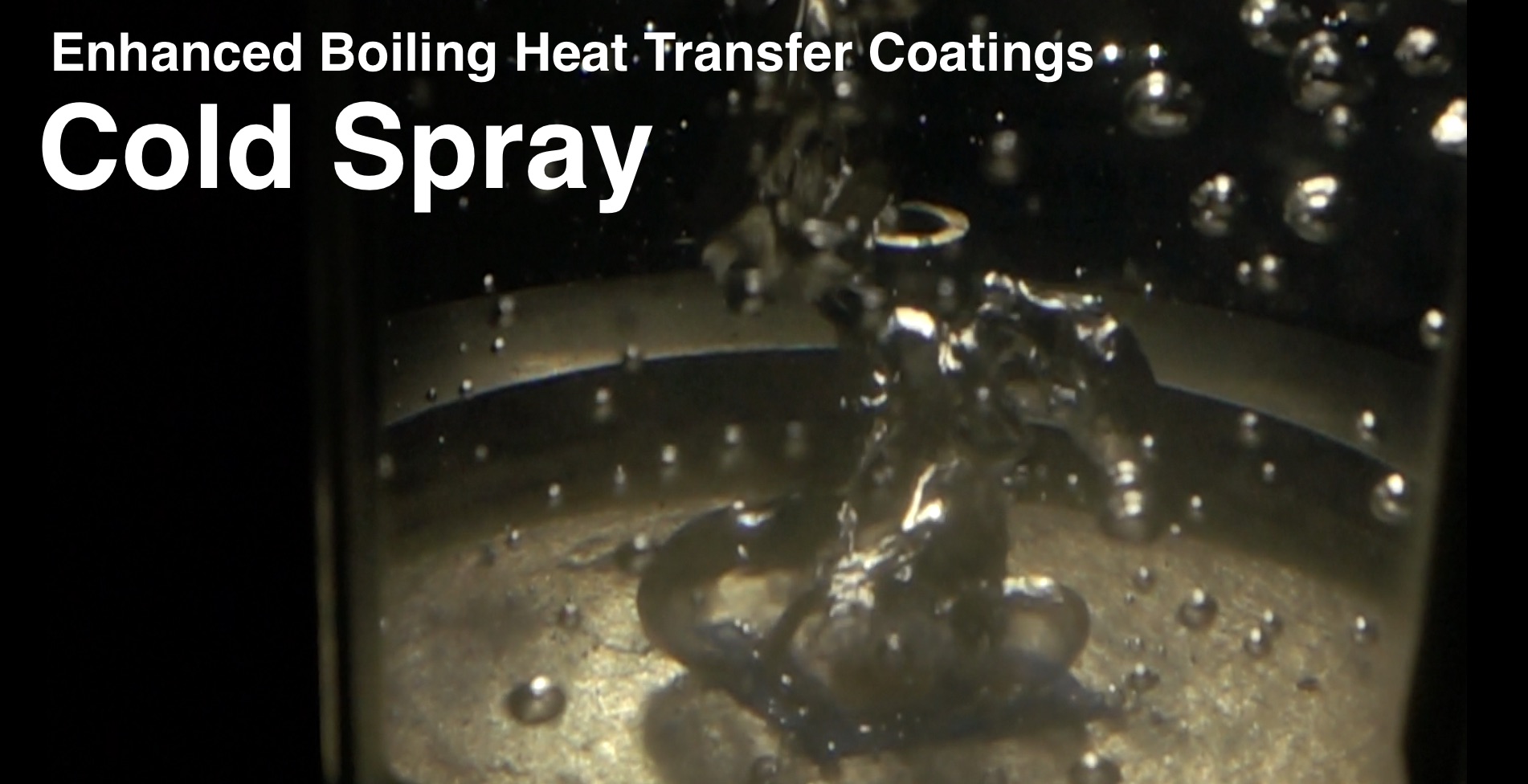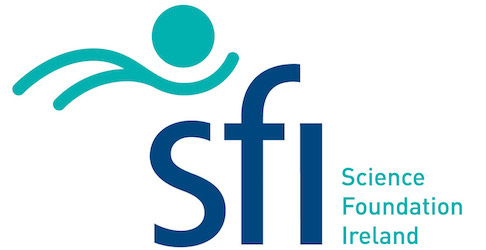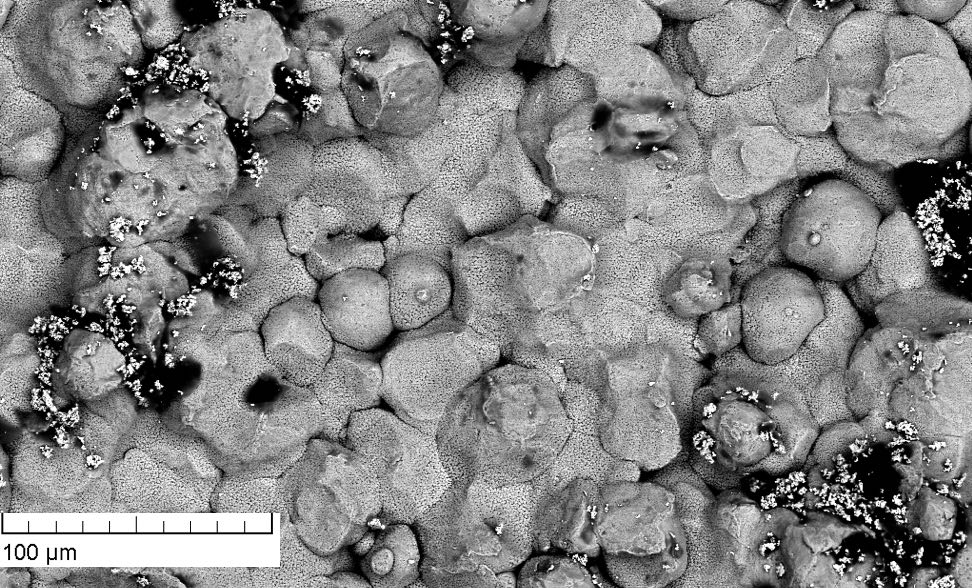Enhanced Boiling Heat Transfer Coatings

Project Coordinators
Dr. Rocco Lupoi
lupoir@tcd.ie
Dr. Anthony Robinson
arobins@tcd.ie
Research Staff
Tom Lupton
luptonth@tcd.ie

Description
This research investigates the development of surface coatings for use in high heat transfer technologies found in multi-billion dollar industries such as the heat exchanger industry and the electronic cooling industry.
Much R&D has been carried out towards the development of coatings to enhance boiling, however, the distinguishing factor of the current research is the use of Cold Spray technology to develop the coatings. The advantages of cold sprayed coatings is low cost, robustness, scalability (from centimeters to meters), unique material combinations (e.g. coating aluminium onto stainless steel) and significant enhancement in boiling heat transfer (up to 300% increase in heat transfer at specific wall superheats).

Figure 1. Scanning Electron Microscope View of the Cold Sprayed Particles
The Cold Sprayed coating contains small voids between cold sprayed particles (Figure 1). These voids act to trap vapor and facilitate the onset of boiling at lower surface temperatures, thus increasing heat transfer at relatively low temperatures.
Applications for industrial boiling operating at relatively high temperatures are limited by boiling dry out which occurs at a critical heat flux value. Cold sprayed surfaces have wicking capabilities which facilitates rewetting of the boiling surface and thus increase the limit of the critical heat flux.

Figure 2. Wicking Capabilities of a Cold Sprayed Sample
Figure 2 above details an experiment to investigate the wicking capabilities of a Cold Sprayed sample. The sample is dipped into a bath of ethanol and an IR camera records the rising meniscus height (orange dotted line) as a function of time.

